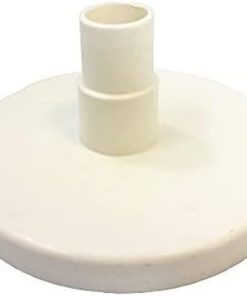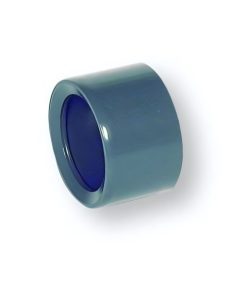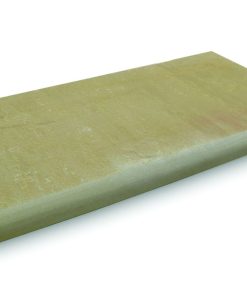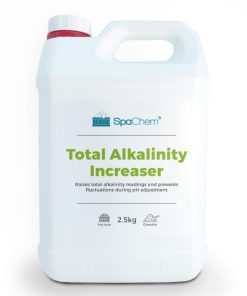Hottub, Swimming Pool
Legionnaires’ Disease and Spa Pools: Understanding the Risks
The bacteria *Legionella* causes a severe and potentially fatal illness known as Legionnaires’ disease. The bacteria *Legionella* has been found with increasing frequency inside spa pools and hot tubs which normally serve as smaller water systems. The Health and Safety Executive (HSE) states that spa-pool systems can create a major threat of Legionnaires’ disease if management practices are not implemented correctly [1, 2, 4]. Effective control measures must be implemented by spa pool operators who need to understand the existing risks.
The blog post examines the essential factors leading to *Legionella* growth and spread in spas while presenting symptoms and protection methods. Knowledge along with alertness will help people prevent this fatal disease.
What conditions allow *Legionella* to thrive in spa pools
Warm water serves as the perfect environment for *Legionella* bacteria growth between 20 and 45 °C [7]. The typical operating temperature of spa pools falls into this range which allows *Legionella* bacteria to proliferate [3].
Bacteria thrive in water systems that do not move because stagnation creates suitable conditions for bacteria development [33]. Dead legs in pipework and regions with insufficient circulation serve as bacterial breeding sites [34].
The bacteria *Legionella* multiply within biofilms that develop as sticky microbial layers on spa equipment surfaces. Biofilms act as protective barriers which shield bacteria from disinfectants [32, 33].
The operation of spa features through air jets produces aerosols which become airborne and contain *Legionella* bacteria which people can then inhale [3, 5].
Symptoms of Legionnaires’ Disease
Fever and chills: A high temperature, often accompanied by shivering.
Cough: This is often dry, but may produce phlegm.
Muscle aches: Generalized pain throughout the body.
Headache: A persistent or severe headache.
Fatigue: Feeling unusually tired and weak.
Shortness of breath: Difficulty breathing may indicate pneumonia.
You need to immediately visit your doctor and share your spa pool exposure details if you experience these symptoms after using a spa pool.
Prevention and Control
Maintain Correct Water Temperature: The recommended temperature range for the water is 30-40°C while avoiding any temperatures that could allow *Legionella* growth [3, 7].
Regular Disinfection: Use appropriate disinfectants and maintain the correct levels. Disinfectant levels need regular testing followed by adjustments to maintain bacterial elimination [17, 21].
Proper Filtration: Regularly inspect and maintain the functioning of filtration systems and perform their cleaning tasks [19, 26].
Water Replacement: The replacement of spa water should be performed according to the recommended schedules [13, 28].
Regular Cleaning: Cleaning every part of the spa including all its components such as pipework and jets must happen to stop biofilm development [29-31].
Risk Assessment: Your spa system needs a risk assessment to determine and control specific risks [35, 36].
The HSE guidance is clear: prevention is key. Knowledge of risks combined with proper control measures will lower the probability of a Legionnaires’ disease outbreak.
FAQs
What is Legionnaires’ disease?
When people inhale *Legionella* bacteria they develop Legionnaires’ disease which represents a severe pneumonia condition [6].
What conditions allow a person to acquire Legionnaires’ disease through a spa pool exposure?
Inhalation of small water droplets (aerosols) containing the bacteria leads to disease transmission [5].
What are the initial symptoms of Legionnaires’ disease?
When people first get infected they experience fever alongside chills and muscle discomfort along with headaches. The disease typically progresses from its initial symptoms of fever and chills to include coughing and breathing complications [6].
Which population group bears the highest risk of developing Legionnaires’ disease?
People over 45, smokers, heavy drinkers, and those with existing respiratory diseases or weakened immune systems are at higher risk [6].
How often should I test for legionella in my spa pool?
The microbiological testing for legionella needs to be performed once every quarter [13, 14].
When you experience any doubts about your spa pool contact a professional spa pool technician who will provide the necessary advice.


















